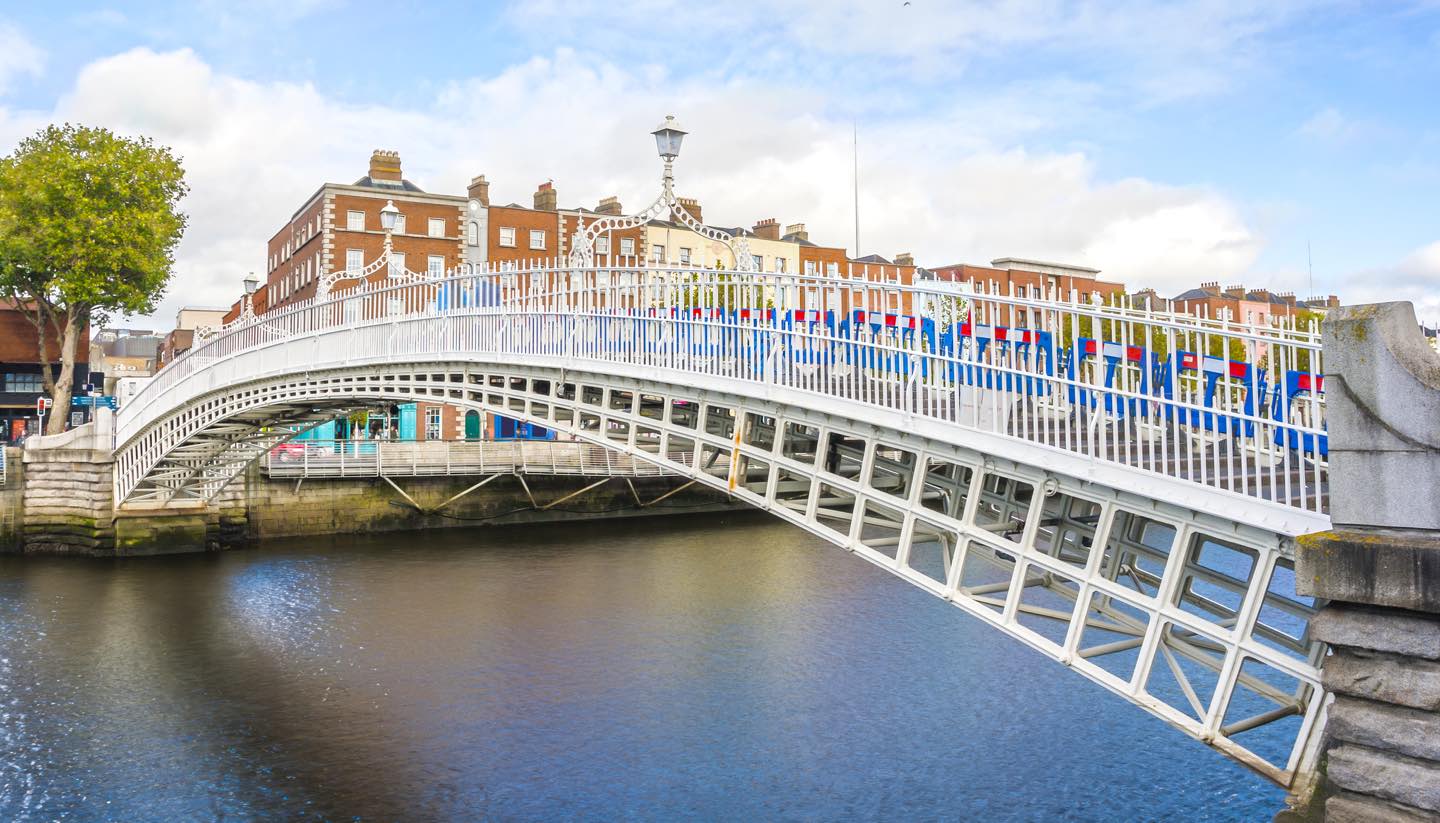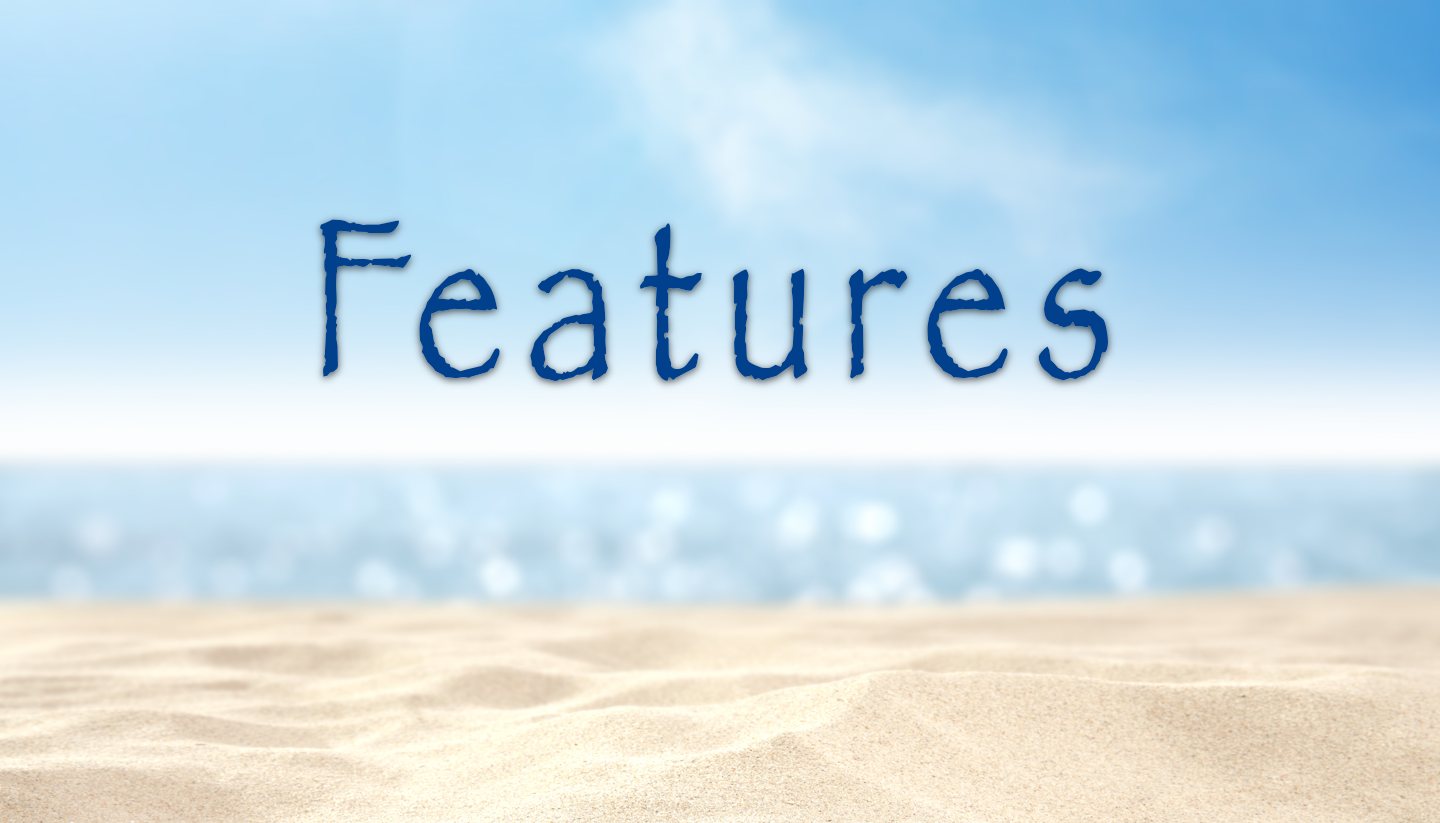Getting around Dublin
Public transport
Bus, train (DART) and Luas (tram) form the main transport infrastructure in Dublin, though only the bus makes its way out to the airport.
The Luas (tel: 1850 300 604, in Ireland only; www.luas.ie) is quick and modern, but best for commuting and short city-centre hops.
Dublin Bus (tel: +353 1 873 4222; www.dublinbus.ie) is far more extensive, and easy to use thanks to sign upgrades and the handy Dublin Bus app.
For travel to the coast, local train services via the DART (tel: +353 1 836 6222; www.irishrail.ie/about-us/dart-commuter) are frequent and efficient.
Most public transport options don’t run late at night, bar limited, infrequent night buses, so you need to make alternative arrangements after midnight.
You can pay for bus, Luas, DART and suburban rail services using a Leap Card, available online (www.leapcard.ie) or at 400 Payzone outlets across the city. You load the smartcard with money and the fare is deducted each time you travel, with daily and weekly caps and savings on cash fares. A Rambler card (which you can also load onto a Leap Card) allows five or 30 days of unlimited bus travel.
Taxis
Taxis sit on almost every street corner in Dublin. Well-established companies like Eight Twenty Cabs (+353 1 820 2020) and NRC (+353 1 677 2222) are safe bets, while the Hailo app (www.hailoapp.com) is a popular option. A nightlife 'rush hour' at around 3am invariable leads to long, expensive rides at weekends. Tips are typically in the 10% range.
Driving
While driving in the city is generally safe, rush hour traffic (0830-0930 and 1645-1800) can see aggressive driving. Dublin features a somewhat confusing one-way system, based around single-direction traffic along the quays. Outside the city centre though, driving is relaxing and comfortable.
The city's ring road, the M50, has a camera-based toll that requires online payment within 24 hours (www.eflow.ie).
Street parking is limited in the city centre. The city's main car parks, with various hourly rates, are Arnotts, Middle Abbey Street, and Brown Thomas, Clarendon Street. For street parking, kerbside pay-and-display meters are standard.
Car hire
Car hire has an age minimum of 21, and insurance costs are high for younger drivers. Generally speaking, tourists can use their licences when visiting, but non-EU drivers will face complications when staying over a year. Automatics can be hard to come by.
Hertz (tel: +353 1 668 7566; www.hertz.ie), Budget (tel: +353 1 837 9611; www.budget.ie), Europcar (tel: +353 1 812 2880; www.europcar.ie) and Enterprise (tel: +353 1 836 6577; www.enterprise.ie) are all reliable operators with city and airport outlets.
Bicycle hire
While busy times of day can be less than pleasant for nervous riders, cycling is a great way to get around. Dublin Bikes (tel: 1850 777 070, in Ireland only; www.dublinbikes.ie) offer a city-wide bikeshare scheme with lots of central hubs to collect and deposit bikes.




